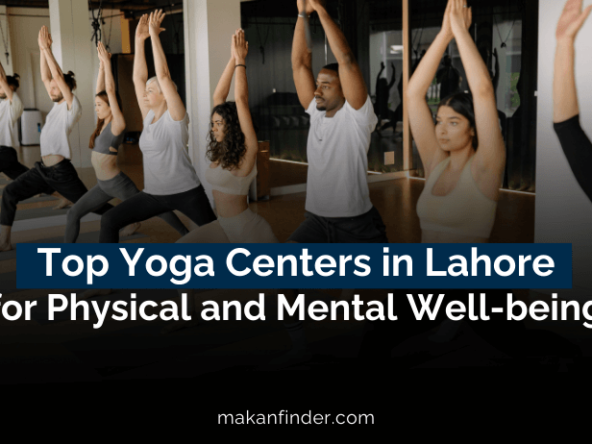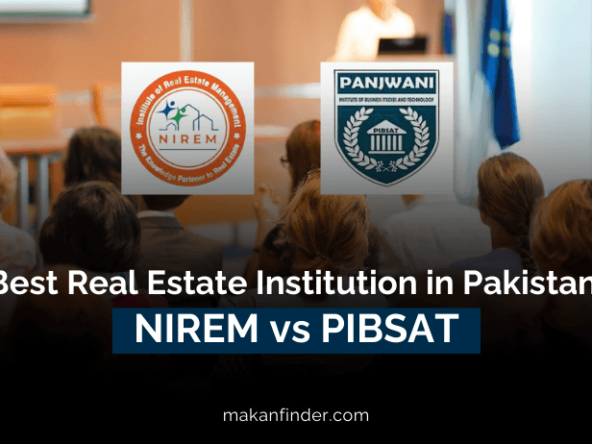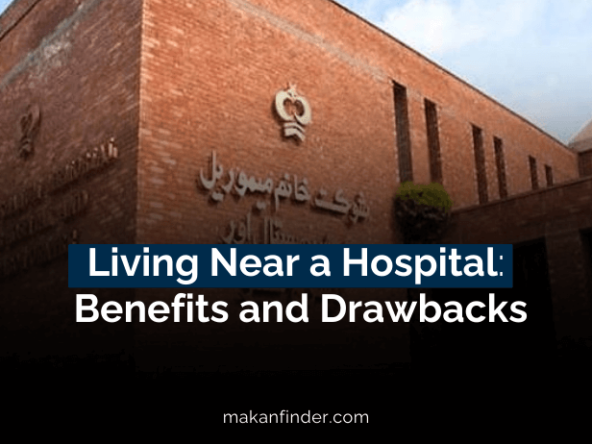Sustainable Real Estate Development
Amidst global environmental challenges like climate change, pollution, and habitat destruction, the urgency for sustainable practices extends to real estate development. Also known as green building, sustainable real estate development emphasizes environmentally responsible and resource-efficient approaches in designing, constructing, and operating buildings. This entails incorporating sustainable materials, energy-efficient systems, and renewable energy sources to minimize environmental impact and enhance overall sustainability.
What Is Sustainable Real Estate Development?
Sustainable real estate development is a purposeful approach that aims to minimize the carbon footprint and negative impact on the environment while maximizing overall sustainability. It encompasses various strategies, such as using innovative technologies and eco-friendly building materials sourced from renewable resources. Energy-efficient systems, including efficient lighting, insulation, and HVAC, are also integral components of sustainable real estate development. The primary goal of sustainable real estate development is to create buildings and homes that have a reduced environmental impact. By incorporating eco-friendly practices, such as utilizing renewable energy sources and implementing water conservation methods, developers can significantly decrease resource consumption and waste generation. Apart from environmental benefits, sustainable real estate development offers numerous advantages for homeowners. Green homes are designed to promote a healthier indoor environment by improving air quality and minimizing the presence of harmful chemicals.
The Benefits of Sustainable Real Estate Development:
1. Environmental Advantages
In the realm of real estate development, sustainability plays a crucial role in combating climate change and reducing the carbon footprint of buildings. Incorporating energy-efficient systems, sustainable building materials, and renewable energy sources into environmentally responsible designs helps decrease energy consumption and greenhouse gas emissions. This not only preserves the built environment but also safeguards our planet, ensuring a healthier world for future generations.
2. Economic Benefits
Sustainable real estate development offers economic advantages to homeowners by designing green homes that consume less energy, leading to significant long-term savings on utility bills. Moreover, employing sustainable building materials and technologies not only protects the environment but also enhances property value, providing a competitive edge in the real estate market.
3. Health Benefits
Sustainable development emphasizes creating green buildings that offer healthier indoor environments. By improving air quality, natural lighting, and ventilation, these structures mitigate health issues such as allergies and respiratory illnesses.
4. Social Benefits
Promoting a sense of community and connection with nature, sustainable real estate development fosters healthier and happier neighborhoods. Green buildings contribute to the well-being and happiness of residents, nurturing stronger social bonds.
To Future-Proof Your Business:
Investing in sustainable real estate development not only benefits the environment but also adds long-term value. As the global community acknowledges the urgency of climate change, integrating sustainable practices and technologies has become crucial in the real estate industry.
1. Adapt to Changing Regulations
Governments worldwide are enforcing regulations to reduce carbon emissions and promote sustainability. By embracing sustainable practices and technologies in your real estate developments, you can proactively meet evolving regulations and avoid penalties for non-compliance.
2. Cater to Customer Demands
Consumers are increasingly conscious of the environmental impact of their choices, actively seeking eco-friendly options. By offering sustainable real estate alternatives, you can meet the demands of environmentally aware customers, thereby expanding your customer base.
3. Enhance Property Value
Sustainable buildings are highly sought after and often hold greater value compared to non-sustainable counterparts. Integrating sustainable practices and technologies into your real estate developments will increase property value, attracting more potential buyers or renters.
4. Reduce Operating Costs
Sustainable buildings prioritize energy efficiency, resulting in substantial savings on operating costs over time. By incorporating sustainable practices and technologies into your real estate developments, you can lower operational expenses and enhance overall profitability.
A Green Future: Profitable and Essential
Investing in green buildings may involve higher upfront costs, but they yield lower lifecycle expenses and align with societal trends towards net-zero. These sustainable structures enhance tenant health, boost productivity, and offer long-term financial benefits. Failing to decarbonize poses significant risks, while retrofitting existing spaces can increase rents, reduce financial liabilities, and enhance tenant satisfaction. Prioritizing sustainability in building strategies is crucial for reducing emissions and creating a profitable and essential green future.
Getting Ready for LEED Certification: Key Steps
LEED (Leadership in Energy and Environmental Design) certification is a globally recognized program that acknowledges sustainable building practices. It enhances a building’s value and competitiveness in the real estate market. To prepare for LEED certification, developers and property owners should follow these essential steps:
- Establish goals: Define sustainability objectives, including energy efficiency, water conservation, and indoor air quality.
- Engage a LEED-accredited expert: Collaborate with a professional knowledgeable in LEED standards to guide the certification process and ensure compliance.
- Design for sustainability: Integrate sustainable design features throughout the building, such as energy-efficient lighting, HVAC systems, low-flow fixtures, and green roofs.
- Prioritize sustainable materials: Opt for eco-friendly materials sourced responsibly, with recycled content and a low carbon footprint. Choosing sustainable materials reduces the environmental impact of the building throughout its lifespan.
- Monitor and optimize performance: Continuously monitor energy and water usage, and implement maintenance and upgrades to optimize building performance.
By preparing for LEED certification, developers and property owners can create buildings that offer long-term value and demonstrate a commitment to sustainability. This certification grants a competitive edge, attracting environmentally conscious tenants and buyers in the real estate market.





